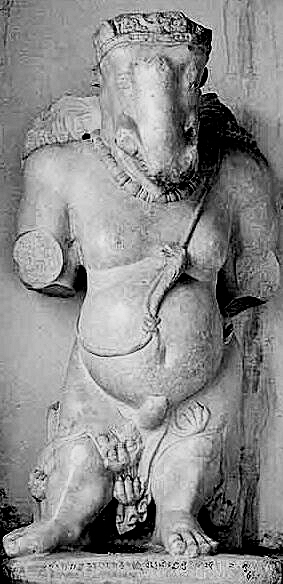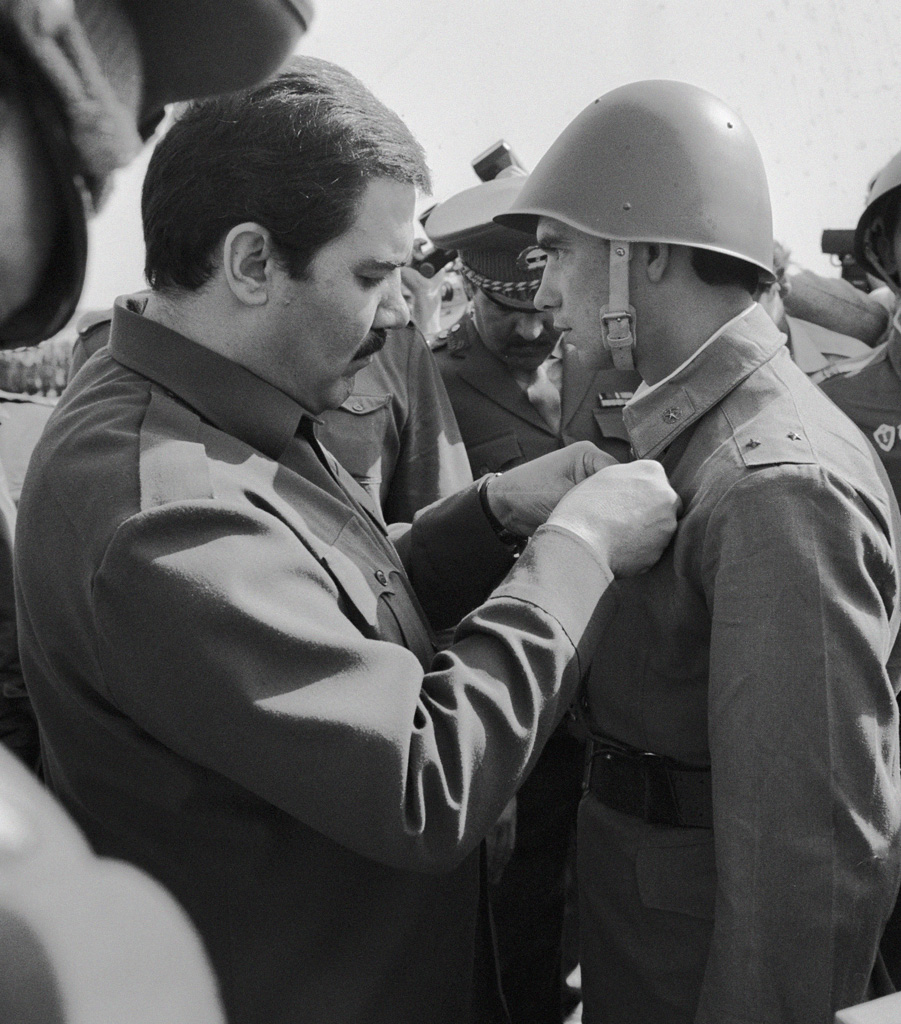|
Gardez District
Gardez ( ps, ګردېز ولسوالۍ) is a district in Paktia Province, Afghanistan.Gardez District Development Plan - MRRD The center of the district which is also the capital of Paktia Province is . Demographics & population Like in the rest of Afghanistan, no exact population numbers are available. The Afghan Ministry of Rural Rehabilitation & Development (MRRD) along with UNHCR and Central Statistics Office (CSO) of Afghanistan estimated the population of the district to be around 86,609 (CSO 2004). According to the same sources, |
Paktia Districts
Paktia (Pashto/Dari: – ''Paktyā'') is one of the 34 provinces of Afghanistan, located in the east of the country. Forming part of the larger Loya Paktia region, Paktia Province is divided into 15 districts and has a population of roughly 623,000, which is mostly a tribal society living in rural areas. Pashtuns make up the majority of the population and a small percentage include Tajiks Gardez is the provincial capital. The traditional food in Paktia is known as (dandakai) which is made from rice and mung bean or green gram. In 2021, the Taliban gained control of the province during the 2021 Taliban offensive. History Paktia used to be a unified province with Khost and Paktika till Khost became a separate province in 1985. These three provinces are now referred to as ''Loya Paktia'', meaning "Greater Paktia". Paktia came to prominence during the 1980s, when a significant portion of Afghanistan's leadership originated from the province. Some of the more notable leaders inc ... [...More Info...] [...Related Items...] OR: [Wikipedia] [Google] [Baidu] |
Paktia Province
Paktia (Pashto/Dari: – ''Paktyā'') is one of the 34 provinces of Afghanistan, located in the east of the country. Forming part of the larger Loya Paktia region, Paktia Province is divided into 15 districts and has a population of roughly 623,000, which is mostly a tribal society living in rural areas. Pashtuns make up the majority of the population and a small percentage include Tajiks Gardez is the provincial capital. The traditional food in Paktia is known as (dandakai) which is made from rice and mung bean or green gram. In 2021, the Taliban gained control of the province during the 2021 Taliban offensive. History Paktia used to be a unified province with Khost and Paktika till Khost became a separate province in 1985. These three provinces are now referred to as ''Loya Paktia'', meaning "Greater Paktia". Paktia came to prominence during the 1980s, when a significant portion of Afghanistan's leadership originated from the province. Some of the more notable leaders inc ... [...More Info...] [...Related Items...] OR: [Wikipedia] [Google] [Baidu] |
Afghanistan
Afghanistan, officially the Islamic Emirate of Afghanistan,; prs, امارت اسلامی افغانستان is a landlocked country located at the crossroads of Central Asia and South Asia. Referred to as the Heart of Asia, it is bordered by Pakistan to the Durand Line, east and south, Iran to the Afghanistan–Iran border, west, Turkmenistan to the Afghanistan–Turkmenistan border, northwest, Uzbekistan to the Afghanistan–Uzbekistan border, north, Tajikistan to the Afghanistan–Tajikistan border, northeast, and China to the Afghanistan–China border, northeast and east. Occupying of land, the country is predominantly mountainous with plains Afghan Turkestan, in the north and Sistan Basin, the southwest, which are separated by the Hindu Kush mountain range. , Demographics of Afghanistan, its population is 40.2 million (officially estimated to be 32.9 million), composed mostly of ethnic Pashtuns, Tajiks, Hazaras, and Uzbeks. Kabul is the country's largest city and ser ... [...More Info...] [...Related Items...] OR: [Wikipedia] [Google] [Baidu] |
Gardez
, settlement_type =City , image_skyline =gardez_paktya.jpg , imagesize = , image_caption =The Bala Hesar fortress in the center of Gardez City , image_flag = , flag_size = , image_seal = , seal_size = , image_shield = , shield_size = , image_blank_emblem = , blank_emblem_type = , blank_emblem_size = , image_map = , mapsize = , map_caption = , pushpin_map = Afghanistan , pushpin_relief = yes , pushpin_label_position = above , pushpin_mapsize = , pushpin_map_caption = Location in Afghanistan , subdivision_type = Country , subdivision_name = Afghanistan , subdivision_type1 = Province , subdivision_name1 = Paktia Province , subdivision_type2 = District , subdivision_name2 = Gardez District , government_footnotes = , government_type = , leader_title ... [...More Info...] [...Related Items...] OR: [Wikipedia] [Google] [Baidu] |
Pashtun People
Pashtuns (, , ; ps, پښتانه, ), also known as Pakhtuns or Pathans, are an Iranian ethnic group who are native to the geographic region of Pashtunistan in the present-day countries of Afghanistan and Pakistan. They were historically referred to as Afghans () or xbc, αβγανο () until the 1970s, when the term's meaning officially evolved into that of a demonym for all residents of Afghanistan, including those outside of the Pashtun ethnicity. The group's native language is Pashto, an Iranian language in the Indo-Iranian branch of the Indo-European language family. Additionally, Dari Persian serves as the second language of Pashtuns in Afghanistan while those in the Indian subcontinent speak Urdu and Hindi (see Hindustani language) as their second language. Pashtuns are the 26th-largest ethnic group in the world, and the largest segmentary lineage society; there are an estimated 350–400 Pashtun tribes and clans with a variety of origin theories. The total popu ... [...More Info...] [...Related Items...] OR: [Wikipedia] [Google] [Baidu] |
Tājik People
Tajiks ( fa, تاجيک، تاجک, ''Tājīk, Tājek''; tg, Тоҷик) are a Persian-speaking Iranian ethnic group native to Central Asia, living primarily in Afghanistan, Tajikistan, and Uzbekistan. Tajiks are the largest ethnicity in Tajikistan, and the second-largest in Afghanistan and Uzbekistan. They speak varieties of Persian, a Western Iranian language. In Tajikistan, since the 1939 Soviet census, its small Pamiri and Yaghnobi ethnic groups are included as Tajiks. In China, the term is used to refer to its Pamiri ethnic groups, the Tajiks of Xinjiang, who speak the Eastern Iranian Pamiri languages. In Afghanistan, the Pamiris are counted as a separate ethnic group. As a self-designation, the literary New Persian term ''Tajik'', which originally had some previous pejorative usage as a label for eastern Persians or Iranians, has become acceptable during the last several decades, particularly as a result of Soviet administration in Central Asia. Alternative names for t ... [...More Info...] [...Related Items...] OR: [Wikipedia] [Google] [Baidu] |
Abu Sa'id Gardezi
Abū Saʿīd ʿAbd-al-Ḥayy ibn Żaḥḥāk b. Maḥmūd Gardīzī ( fa, ابوسعید عبدالحی بن ضحاک بن محمود گردیزی), better known as Gardizi (), was an 11th-century Persian historian and official, who is notable for having written the ''Zayn al-akhbar'', one of the earliest history books written in New Persian. Little is known of Gardizi personally. He was probably from Gardiz in the region of Zamindawar, as his nisba implies.; His father's name was Zahhak, a name that was seemingly popular in the region. Gardizi started his career as an official of the Ghaznavid monarch Mahmud of Ghazni (), and was an eyewitness to many of the events that occurred under the latter. In his ''Zayn al-akbar'', Gardizi took a dispassionate view of history which was fairly remarkable for its time. It consisted of a history of the pre-Islamic kings of Iran, Muhammad and the Caliphs until the year 1032. Included is a history of the Arab conquest of Khorasan, which it is b ... [...More Info...] [...Related Items...] OR: [Wikipedia] [Google] [Baidu] |
Shah Gardez
Shah Yousuf Gardez was an Islamic Sufi saint who came to Multan, (present-day Punjab, Pakistan, Punjab, Pakistan) in 1088 AD. He is said to have restored the city of Multan, converted many people to the Islamic religion, and performed numerous miracles. He came from Gardez in the present-day Paktia Province of Afghanistan. Gallery File:Tomb of Shah Yousuf Gardezi .jpg, The shrine's interior is decorated with extensive mirror-work known as ''ayina kari'' File:Tomb_of_Shah_Yousuf_Gardezi_Amazing_View.jpg File:MultanGhadMausolDet.jpg, The shrine is covered in blue tile-work that is typical of Multani style. File:Tomb of Shah Yousuf Gardezi Multan.jpg, Tomb of Shah Yousuf Gardezi Multan File:Tomb_of_Hazrat_Shah_Yousuf_Gardezi_sb_Multan.JPG, The tomb's exterior is decorated with couples from Shah Gardez. File:Tomb_of_Hazrat_Shah_Yousuf_Gardezi_baba_sb_Multan.JPG, A side view of the Shah Gardez Tomb File:Tomb_of_Shah_Yousuf_Gardezi_Wallpaper.jpg References [...More Info...] [...Related Items...] OR: [Wikipedia] [Google] [Baidu] |
Mohammad Najibullah
Mohammad Najibullah Ahmadzai (Pashto/ prs, محمد نجیبالله احمدزی, ; 6 August 1947 – 27 September 1996), commonly known as Dr. Najib, was an Afghan politician who served as the General Secretary of the People's Democratic Party of Afghanistan, the leader of the one-party ruling Democratic Republic of Afghanistan from 1986 to 1992 and as well as the President of Afghanistan from 1987 until his resignation in April 1992, shortly after which the mujahideen took over Kabul. After a failed attempt to flee to India, Najibullah remained in Kabul. He lived in the United Nations headquarters until his assassination by the Taliban after their capture of the city. A graduate of Kabul University, Najibullah held different careers under the People's Democratic Party of Afghanistan (PDPA). Following the Saur Revolution and the establishment of the Democratic Republic of Afghanistan, Najibullah was a low profile bureaucrat. He was sent into exile as Ambassador to Iran dur ... [...More Info...] [...Related Items...] OR: [Wikipedia] [Google] [Baidu] |
Khalaf Ibn Ahmad
Abu Ahmad Wali 'l-Dawla Khalaf ibn Ahmad (November 937 – March 1009) was the Saffarid amir of Sistan from 963 until 1002. Although he was renowned in the eastern Islamic world as a scholar, his reign was characterized by violence and instability, and Saffarid rule over Sistan came to an end with his deposition. Early life Khalaf was born in the middle of November 937 to Abu Ja'far Ahmad and Banu, a granddaughter of the second Saffarid amir, Amr ibn al-Layth. Little is known about the first twenty-six years of his life; presumably much of it was spent learning. From 957 or 958 at the latest he was recognized as heir to the throne and his name was included on his father's coins. Succession to the Amirate At the end of March 963 Abu Ja'far Ahmad was murdered in Zarang. At the time of the assassination, Khalaf had been outside the capital. When he heard about his father's death, he rode for the town of Bust, whose governor immediately pledged his support. Soon afterward he led a ... [...More Info...] [...Related Items...] OR: [Wikipedia] [Google] [Baidu] |
Zabiullah Mujahid
Zabihullah Mujahid ( ps, ; ''Ẕabīḥullāh Mujāhid'' ; also spelled Dhabih Allah Mujahid) is an Afghan official Central spokesman for the Islamic Emirate of Afghanistan since 25 October 2021 and Deputy Ministry of Information and Culture since 7 September 2021. He has long served as one of several spokesmen for the Taliban, the others being Suhail Shaheen and Yousef Ahmadi. Mujahid often commented mainly on the Taliban's activities in eastern, northern, and central Afghanistan, while Ahmadi focused on the western and southern regions. Mujahid appeared publicly in person on 17 August 2021. Prior to that, he regularly communicated with journalists and spoke on behalf of the Taliban via cellphone calls, text messages, emails, Twitter, and postings on Islamist websites. Mujahid was appointed in January 2007 following the arrest of Taliban spokesman Muhammad Hanif. Early life and family Born in 1978 in the Gardez District of Paktia province, he received his early education ... [...More Info...] [...Related Items...] OR: [Wikipedia] [Google] [Baidu] |





